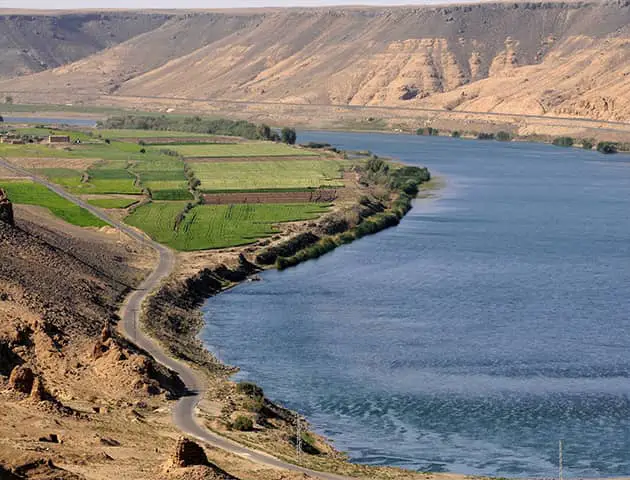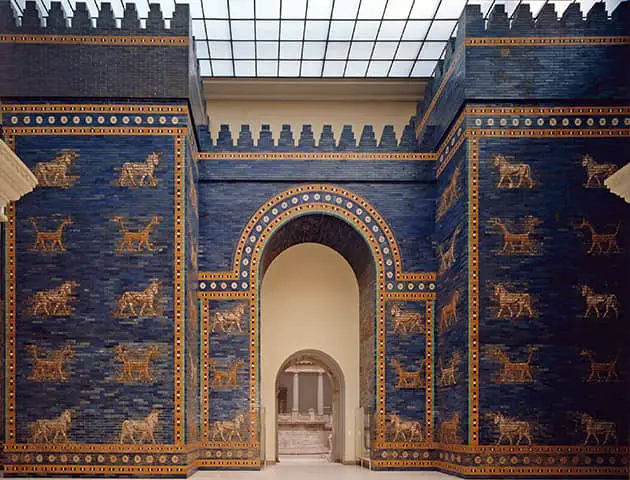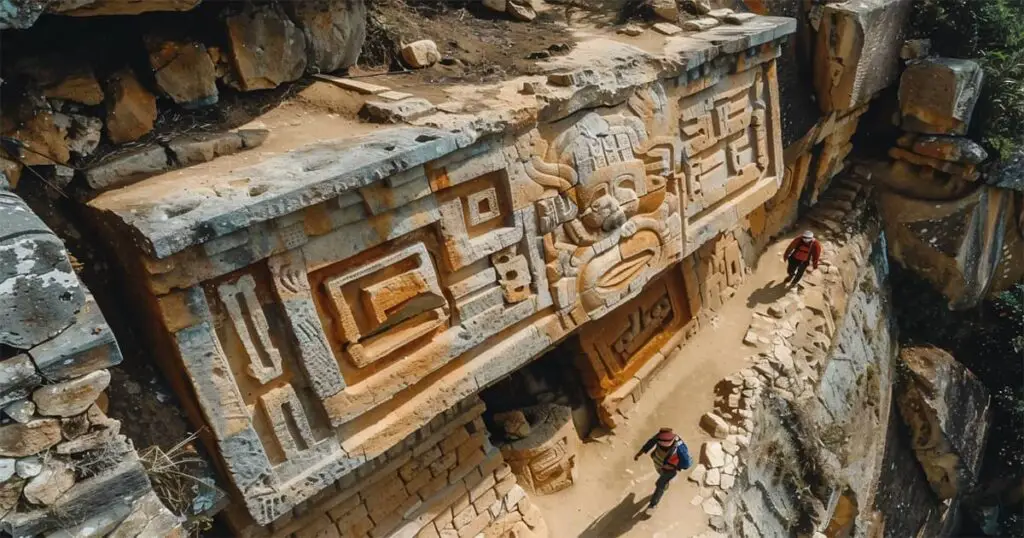Exploring Mesopotamia: Must-Visit Archaeological Sites in Ancient History
Mesopotamia, often referred to as the “Cradle of Civilization”, is a treasure trove of historical and archaeological significance. From the towering ziggurats of Ur to the enigmatic Hanging Gardens of Babylon, this ancient region offers a fascinating glimpse into human history. This article delves into the major archaeological sites within Mesopotamia, explores the profound influence of ancient civilizations, and highlights the preserved legacies that continue to inform and inspire us today.
What Are the Most Significant Archaeological Sites in Mesopotamia?
Overview of Major Sites in Mesopotamia
Mesopotamia, located in the region of modern-day Iraq, Kuwait, and parts of Syria, Turkey, and Iran, is home to some of the world’s most significant archaeological sites. These sites provide insights into early urban societies, agricultural developments, and monumental architecture.
- Ur: Known for its ziggurat, a massive step pyramid that served religious purposes.
- Babylon: Celebrated for the Ishtar Gate and possibly the Hanging Gardens, one of the Seven Wonders of the Ancient World.
- Nimrud: An ancient Assyrian city renowned for its palaces and temples.
- Nineveh: Once the largest city in the world and home to the extensive Library of Assurbanipal.
The Importance of the Euphrates and Tigris Rivers in Ancient Mesopotamia

The Euphrates and Tigris rivers were crucial to the development of Mesopotamian civilization. They provided water for agriculture, supported trade routes, and enabled the rise of prosperous cities. The fertile land between these rivers, known as the Fertile Crescent, is where some of the earliest forms of writing and law codes emerged.
How UNESCO World Heritage Sites Preserve Mesopotamian History
The designation of several Mesopotamian sites as UNESCO World Heritage Sites ensures their protection and conservation. These efforts help preserve the rich cultural heritage and enable ongoing research and education. Sites like Babylon and the ancient city of Ur are protected under this initiative, fostering global recognition and support for their historical significance.
How Did the Babylonian Empire Shape Ancient Mesopotamian Civilization?
The Rise of Babylon in Mesopotamia
Babylon was a significant power in ancient Mesopotamia, known for its impressive advancements in law, astronomy, and architecture. The city reached its zenith under King Nebuchadnezzar II, who is credited with constructing the Ishtar Gate and possibly the Hanging Gardens.
The Architectural Marvel of the Ishtar Gate

The Ishtar Gate, adorned with vibrant blue glazed bricks and reliefs of dragons and bulls, served as one of the main entrances to Babylon. It symbolized the city’s grandeur and technological prowess and remains a testament to Mesopotamian artistry.
Unraveling the Mystery of the Hanging Gardens of Babylon
While the exact existence and location of the Hanging Gardens remain a mystery, they are often cited as one of the Seven Wonders of the Ancient World. Descriptions of lush terraced gardens and sophisticated irrigation systems highlight the ingenuity of Babylonian engineers and their ability to create paradisiacal landscapes in the arid region.
What Can We Learn from the Sumerian City of Ur?
The Ziggurat of Ur: An Ancient Temple
The Ziggurat of Ur, dedicated to the moon god Nanna, stands as one of the best-preserved examples of Sumerian architecture. This massive structure, built around 2100 BCE, served as a ceremonial center and symbolized the connection between the heavens and earth.
Daily Life in Sumerian Ur
Archaeological findings in Ur have provided a wealth of information about daily life in ancient Sumer. Items such as cuneiform tablets, household goods, and burial artifacts offer glimpses into the social structure, economy, and culture of the time.
Artifacts from Ur in Modern Museums
Many artifacts from Ur have found homes in museums worldwide, including the British Museum and the Penn Museum. These collections enable the public to appreciate and study the remarkable craftsmanship and technological achievements of the Sumerians.
Who Was King Ashurnasirpal II and What Was His Impact on Mesopotamian History?
The Reign of King Ashurnasirpal II in Ancient Assyria
King Ashurnasirpal II ruled the Assyrian Empire from 883 to 859 BCE, known for his military campaigns and extensive building projects. His reign marked a period of significant expansion and consolidation of the Assyrian state.
The City of Nimrud Under King Ashurnasirpal II
Nimrud, also known as Kalhu, flourished under Ashurnasirpal II’s rule. The city became a hub of Assyrian power, with grand palaces, temples, and monumental statues reflecting the empire’s wealth and artistic sophistication.
The Legacy of the Assyrian Empire in Modern Iraq
The Assyrian Empire’s legacy is evident in modern Iraq through the continued excavation and preservation of ancient sites. Nimrud’s ruins, despite suffering damage over the millennia, offer invaluable insights into Assyrian culture and administration.
Why Is Nineveh Considered a Key Archaeological Site in Mesopotamia?
The Historical Significance of Nineveh
Nineveh, once the largest city in the world, was the capital of the Assyrian Empire. Its strategic location on the Tigris River facilitated trade and communication, contributing to its prosperity and cultural development.
The Library of Assurbanipal and Its Contributions to the Study of Ancient Mesopotamia
The Library of Assurbanipal, one of the most significant archaeological discoveries in Nineveh, housed thousands of cuneiform tablets. These texts have provided scholars with invaluable information about Mesopotamian literature, history, and science.
Excavations and Discoveries in Nineveh
Ongoing excavations in Nineveh have unearthed monumental gates, intricate reliefs, and remnants of palace complexes. These discoveries continue to shed light on the city’s grandeur and the advanced state of Assyrian civilization.
Key Benefits of Visiting Mesopotamian Archaeological Sites
- Insight into Early Civilization: Gain an understanding of the origins of urban life, written language, and early laws.
- Architectural Wonders: Witness ancient architectural marvels like the ziggurats, Ishtar Gate, and Hanging Gardens.
- Cultural Heritage: Experience the rich cultural heritage preserved by UNESCO World Heritage Sites.
- Historical Context: Learn about the influential rulers and their impact on Mesopotamian and world history.
- Educational Value: Access a wealth of information through artifacts and museum collections.
External Links to Enhance Authority
- UNESCO World Heritage List
- The British Museum: Mesopotamia
- Ancient History Encyclopedia: Mesopotamia
Read to know: Best Family Vacation Destinations for 2024: Your Ultimate Guide to the Best Family Vacation Spots
Conclusion
Mesopotamia’s archaeological sites offer a profound journey into humanity’s ancient past. From the towering ziggurats of Ur to the magnificent Ishtar Gate of Babylon, these remnants reveal the ingenuity and cultural richness of early civilizations. As we continue to uncover and preserve these sites, they provide invaluable insights and inspire future generations. Which Mesopotamian site are you most eager to explore, and why? Share your thoughts in the comments below.



